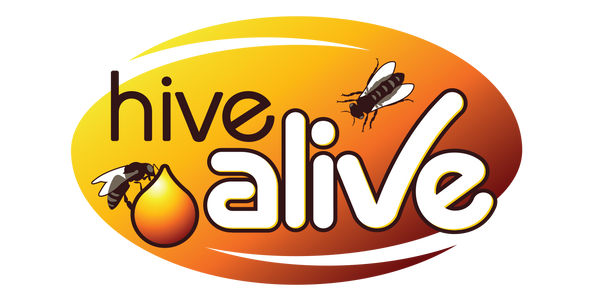Nosema and Pesticide Threat: How to Protect Your Bees
Jul 09, 2025
Summarizing this study so you don't have to:
Pathogen-pesticide-host interaction: Apoptosis modulation by Nosema ceranae increases honeybee susceptibility to the insecticide cyantraniliprole
📌 What the study found
A new study found that when honey bees are infected with Nosema ceranae, their ability to naturally eliminate infected cells (a process called apoptosis) is disrupted. This weakens their immune system and leaves them much more vulnerable—especially to common pesticides like cyantraniliprole. Even low levels of pesticide exposure become significantly more harmful when Nosema is present.
🐝 What this means for your hives
- Weakened immunity: Nosema infections stop bees from cleaning out sick cells, allowing the parasite to spread.
- Dangerous combo: On its own, a pesticide might not be deadly. But when bees already have Nosema, it can become lethal.
- Invisible threat: You might not see obvious symptoms, but the internal damage and immune suppression can be serious.
- 🛡️ Key Actions to Protect Your Bees
1. Use HiveAlive to control Nosema
- HiveAlive is the only feed supplement proven in published research to reduce Nosema levels significantly, consistently and safely.
- A 2016 study published in the Journal of Apicultural Research showed that colonies fed HiveAlive had consistently lower Nosema spores, 88% fewer, compared to untreated hives.
2. Minimize pesticide exposure
- Coordinate with local farmers and gardeners to reduce bee exposure to cyantraniliprole and similar products during foraging periods.
- If exposure is likely, move or isolate hives temporarily.
3. Support overall bee health
- Keep colonies well-fed, especially during periods of poor forage or high stress. Use pollen patties or protein-rich supplements with real pollen to strengthen their immune system.
- Healthy bees are better able to handle all stressors—including parasites and chemicals.
4. Check regularly for warning signs
- Be on the lookout for poor brood patterns, dwindling bee numbers, or dead bees near the hive entrance—all potential signs of stress or Nosema infection.
- Act early before problems become visible.
✅ Bottom Line
Nosema can quietly weaken your bees from the inside out, and when it teams up with pesticide exposure, the damage can be severe. The best line of defense? Keep Nosema levels low with HiveAlive, limit pesticide risks, and make sure your bees are always well-nourished.
